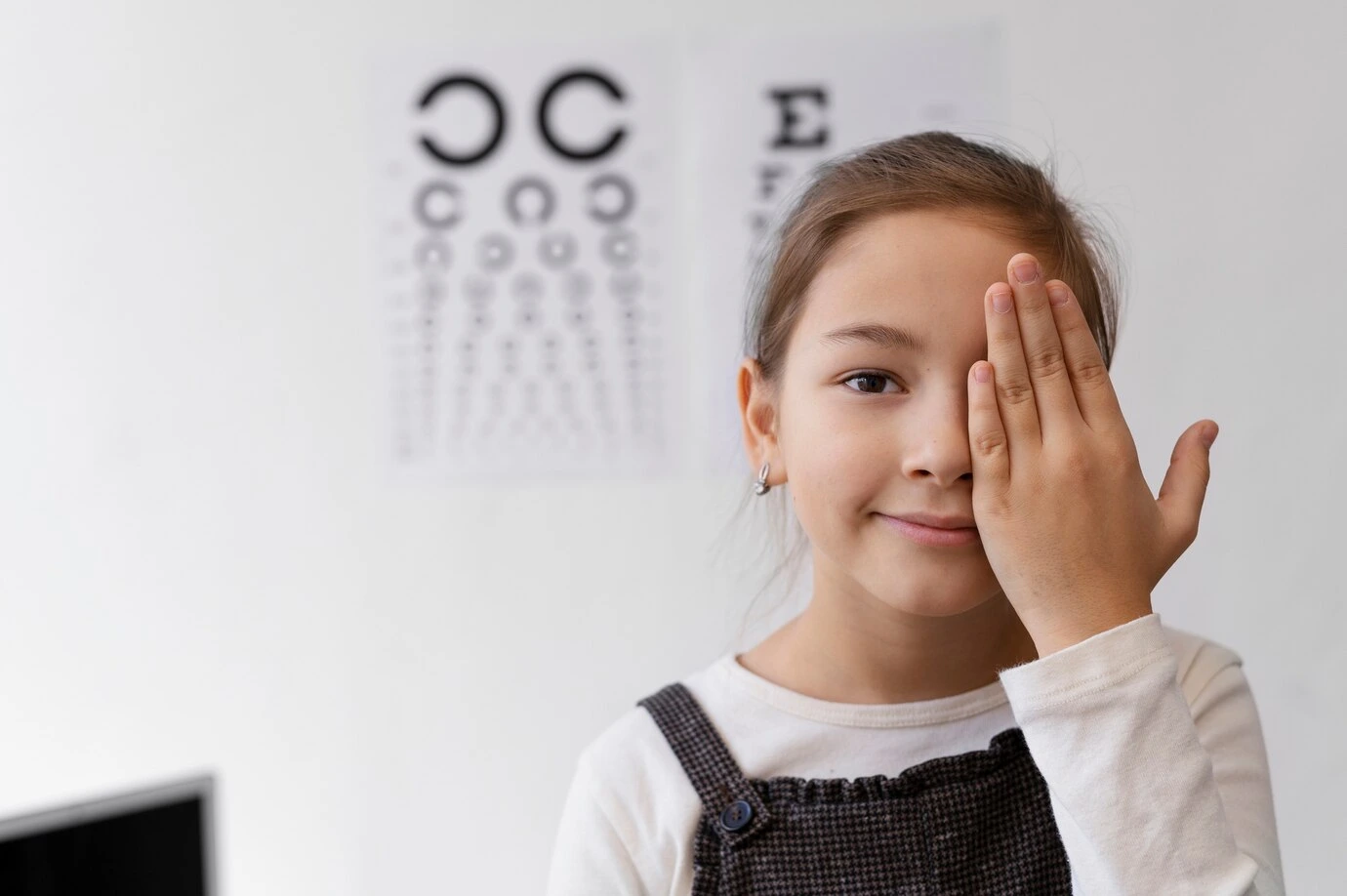Do you squint a lot more than you used to when trying to read the fine print? Do you find yourself holding your cell phone at arm’s length just so a text looks clear? Are you bothered by the glare of oncoming headlights when driving at night?
If these eyesight issues sound all too familiar, you’re not alone: All adults experience certain age-related vision changes as the years go by and their eyes get older.
If you’re wondering which age-related vision changes are to be expected — and which may be cause for concern — Dr. Markiel Yakubov and our skilled team at Elite Eye Care can help. Here, we explore the normal signs of aging eyes and explain how you can maintain optimal ocular health and vision through middle age and beyond. .
Normal age-related vision changes
Like the rest of your body, your eyes and vision change as you age. These changes typically start in middle age or around 40 and continue unfolding as you progress toward older adulthood.
While not everyone experiences the same symptoms of aging eyes, the following are common age-related vision changes:

Trouble focusing on close objects
After you turn 40, you may notice that it’s harder to focus on objects up close. This is because the lens inside your eye becomes less flexible with age, essentially losing its ability to change shape when you focus. Known as presbyopia, this age-related refractive error makes you hold your reading material at arm’s length. It can be treated with corrective lenses.
Needing brighter light to see
As you age, natural changes in the lenses of your eyes can scatter the light that enters them rather than focusing it precisely on your retinas. This can create more glare when you see oncoming headlights at night or sunlight reflecting off windshields or pavement during the day.
Problems with nighttime glare
As you get older, you may also notice that you need more light to see as well as you used to. Placing brighter lighting near your reading chair, work desk, or bedside table can make reading and other close-up tasks easier.
Changes in dark color perception
As you age, the normally clear lens inside your eye may discolor. This can make it harder for you to distinguish certain colors, like blue and black, or see where an object ends and the background begins.
Reduced tear production; drier eyes
Aging tear glands produce fewer tears as time goes on. Having enough tears is essential to healthy eyes and clear vision; having fewer tears can blur your vision and make your eyes feel dry and irritated. Menopausal women are especially vulnerable to these dry eye changes.
Vision loss isn’t part of normal aging
Just as the refractive errors that cause nearsightedness, farsightedness, and astigmatism can be treated with corrective lenses (and in some cases, laser eye surgery), normal age-related vision changes can also be addressed with lighting, corrective lenses, and dry eye treatment.
What’s not normal with age, however, is vision loss. At the same time, advancing age does increase your risk of developing a major eye disease that can rob you of your vision, such as:
- Macular degeneration
- Diabetic retinopathy
- Glaucoma
- Cataracts
Early warning signs of serious eye problems include seeing wavy lines or distorted images, the fluctuating vision that causes frequent changes in how clearly you can see, a noticeable loss of peripheral (side) vision, and seeing floaters and flashers in your field of vision.
While these serious eye diseases can affect anyone, your risk is higher if you have diabetes or high blood pressure — especially if the condition isn’t well-controlled. Luckily, having regular comprehensive eye examinations can help you stay on top of your ocular health and protect your vision.
Tips to keep your aging eyes healthy
There’s a lot you can do to promote optimal eye health and good vision as you age:
- Don’t smoke or vape
- Control your blood pressure
- Manage your blood sugar levels
- Wear sunglasses when you’re outdoors
- Choose wholesome, nutrient-dense foods
- Be physically active and maintain a healthy weight
If you spend a lot of time on screens, follow the 20/20/20 rule to avoid digital eye strain: Every 20 minutes, glance at something 20 feet away for at least 20 seconds.
The importance of regular eye exams
Most importantly, get regular eye exams. Starting at 40 means having your eyes and vision checked at least every two years; if you have diabetes or another health concern that puts you in the high-risk category, you should have annual eye exams. All adults aged 65 and older are advised to have yearly eye exams.
To learn more or schedule your next comprehensive eye exam at Elite Eye Care, call or click online to schedule a visit at your nearest New York City location today: We have one office in Brooklyn and four offices throughout the Bronx.
